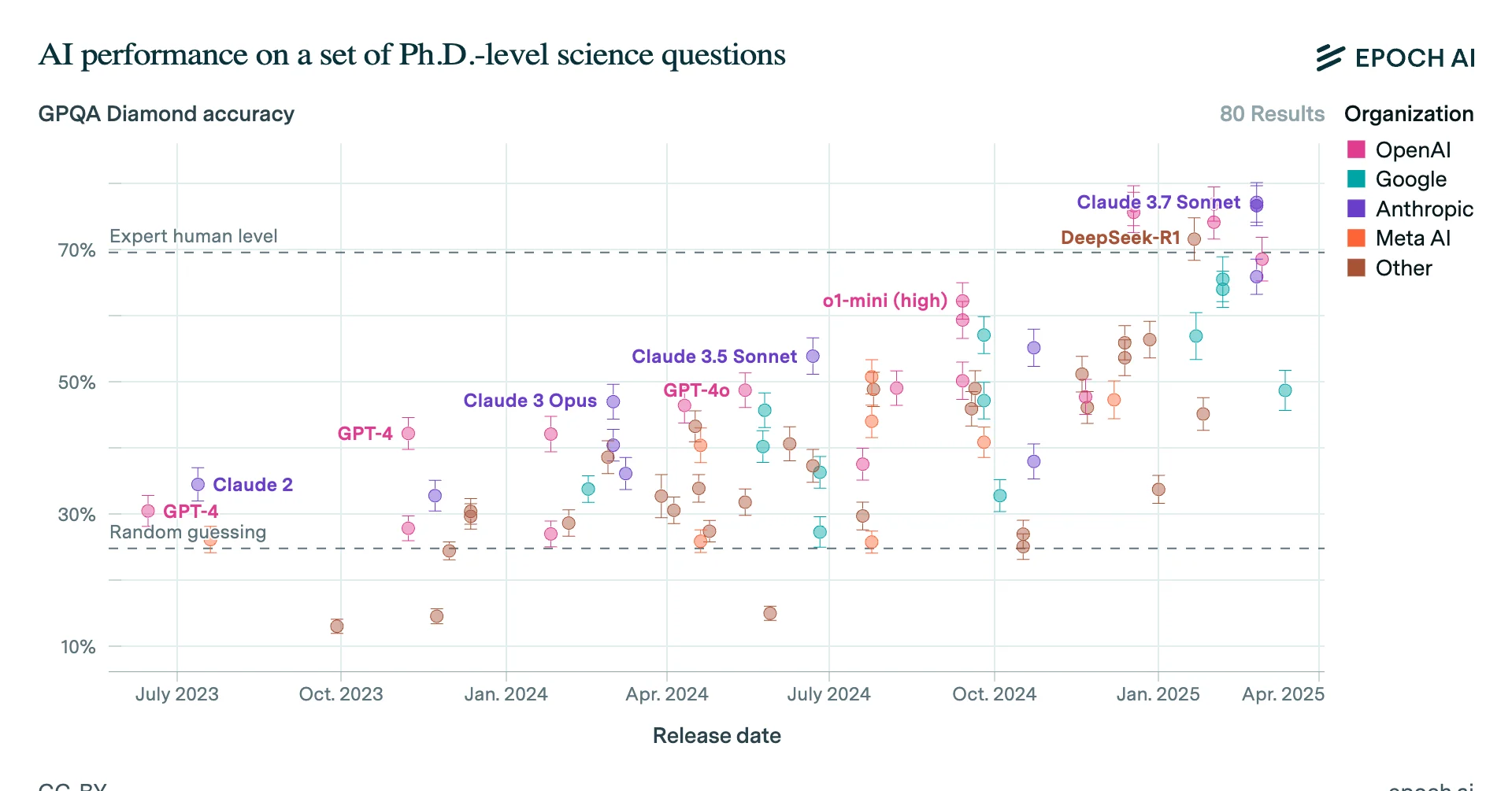I work at FHI, as RA and project manager for Toby Ord/The Precipice (2018–20), and more recently as RA to Nick Bostrom (2020–). Prior to this, I spent 2 years in finance, where my role was effectively that of an RA (researching cement companies, rather than existential risk). All of the below is in reference to my time working with Toby.
Let me know if a longer post on being an RA would be useful, as this might motivate me to write it.
Impact
I think a lot of the impact can be captured in terms of being a multiplier on their time, as discussed by Caroline and Tanya. This can be sub-divided into two (fuzzy, non-exhaustive) pathways:
- Decision-making — helping them make better decisions, ranging from small (e.g. should they appear on podcast X) to big (e.g. should they write a book)
- Execution — helping them better execute their plans
When I joined Toby on The Precipice, a large proportion of his impact was ‘locked in’ insofar he was definitely writing the book. There were some important decisions, but I expect more of my impact was via execution, which influenced (1) the quality of the book itself; (2) the likelihood of it’s being published on schedule; (3) the promotion of the book and its ideas; (4) the proportion of Toby’s productive time it took up, i.e. by freeing up time for him to do non-book things. Over the course of my role, I think I (very roughly) added 5–25% to the book’s impact, and freed up 10–33% of Toby's time.
Career decisions
Before joining Toby, I was planning to join the first cohort of FHI’s Research Scholars Program and pursued my own independent projects for 2 years. At the time, the most compelling reason for choosing the RA role was:
- Toby’s book will have large impact X, and I can expect to multiply this by ~10%, for impact of ~0.1X
- If I ‘do my own thing’, it would take me much longer than 2 years to find and execute a project with at least 0.1X impact (relative to the canonical book on existential risk…)
One thing I didn’t foresee is how valuable the role would be for my development as a researcher. While I’ve had less opportunity to choose my own research projects; publish papers; etc., I think this has been substantially outweighed by the learning benefits of working so closely with a top tier researcher on important projects. Overall, I expect that working with Toby ‘sped up’ my development by a few years relative to doing independent research of some sort.
One noteworthy feature of being a ‘high-impact RA/PA/etc’ is that while these jobs are relatively highly regarded in EA circles, they can sound a bit baffling to anyone else. As such, I think I’ve built up some pretty EA-specific career capital.
Some other names
Here's an incomplete list of people who have done (or are doing) this line of work, other than Caroline and myself:
Nick Bostrom — Kyle Scott, Tanya Singh, Andrew Snyder-Beattie
Toby Ord — Andrew Snyder-Beattie, Joe Carlsmith
Will MacAskill – Pablo Stafforini, Laura Pomarius, Luisa Rodriguez, Frankie Andersen-Wood, Aron Vallinder



Matthew, thanks for your response! Very handy to have some names I might get in contact with, and this is turning out to be higher-impact than I thought. Can you say any more on how EA-specific your career capital might be?
I'd be very interested in a longer post on the subject!